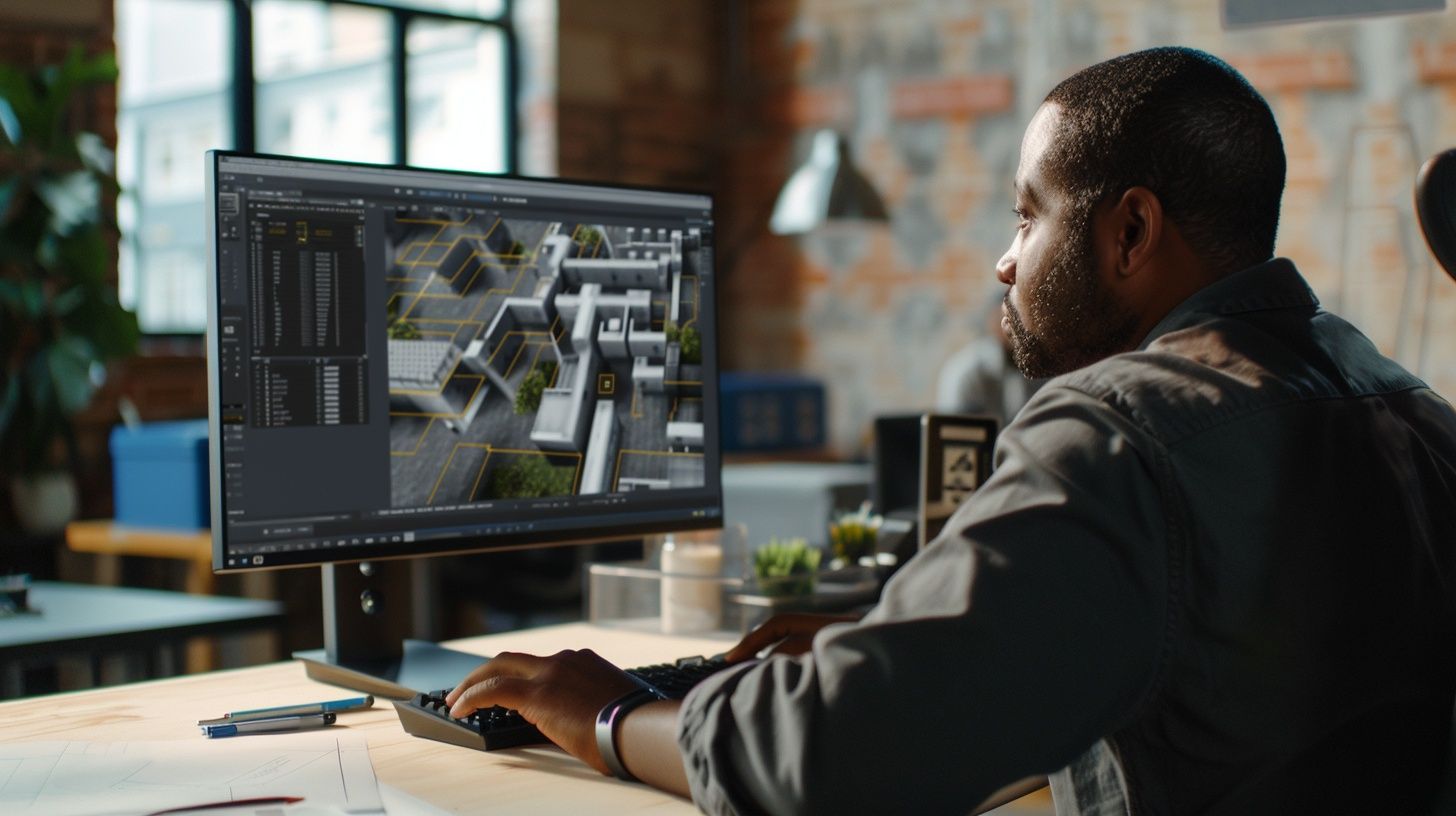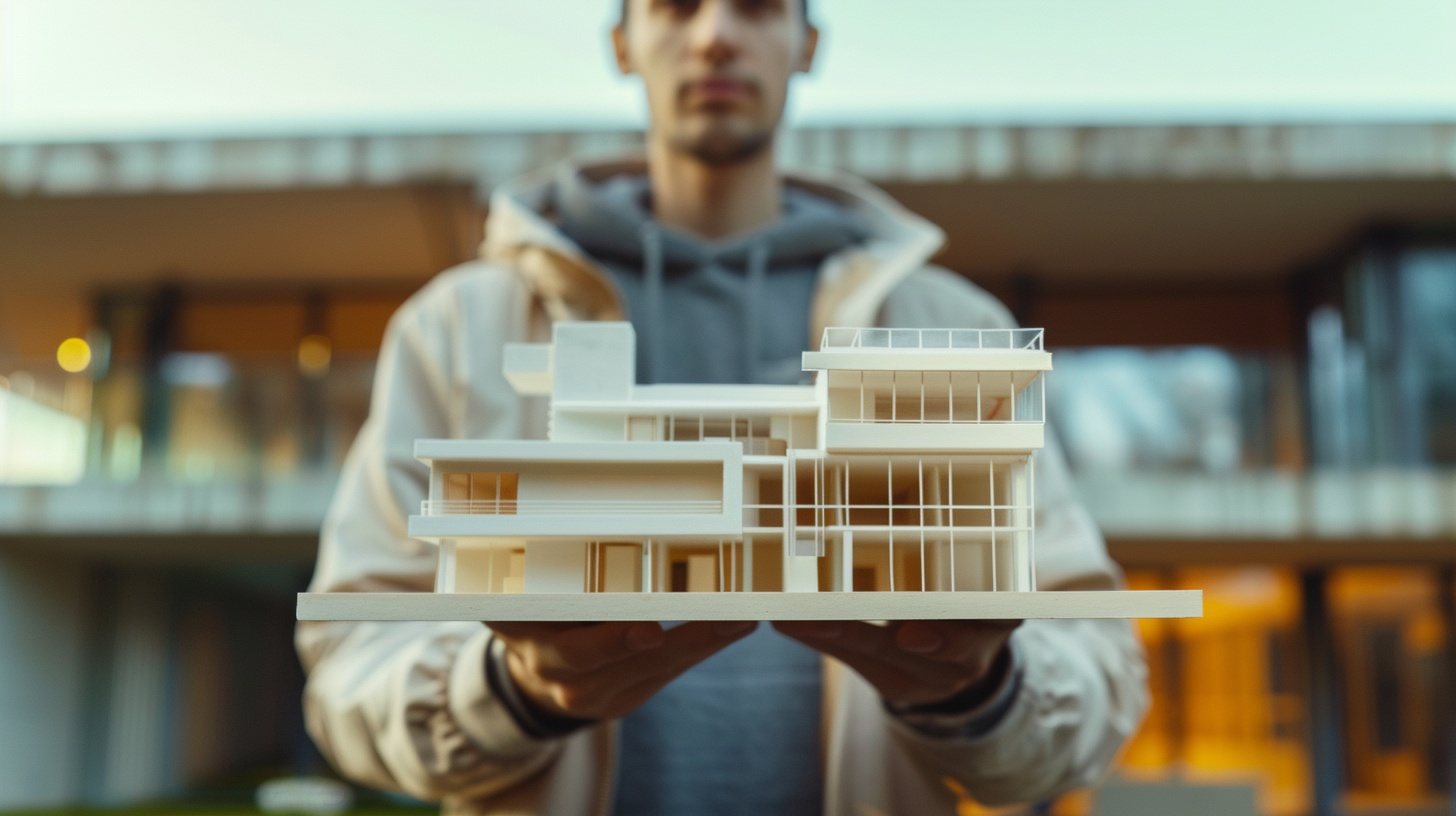
Architectural Photography and Capturing the Beauty of Structures
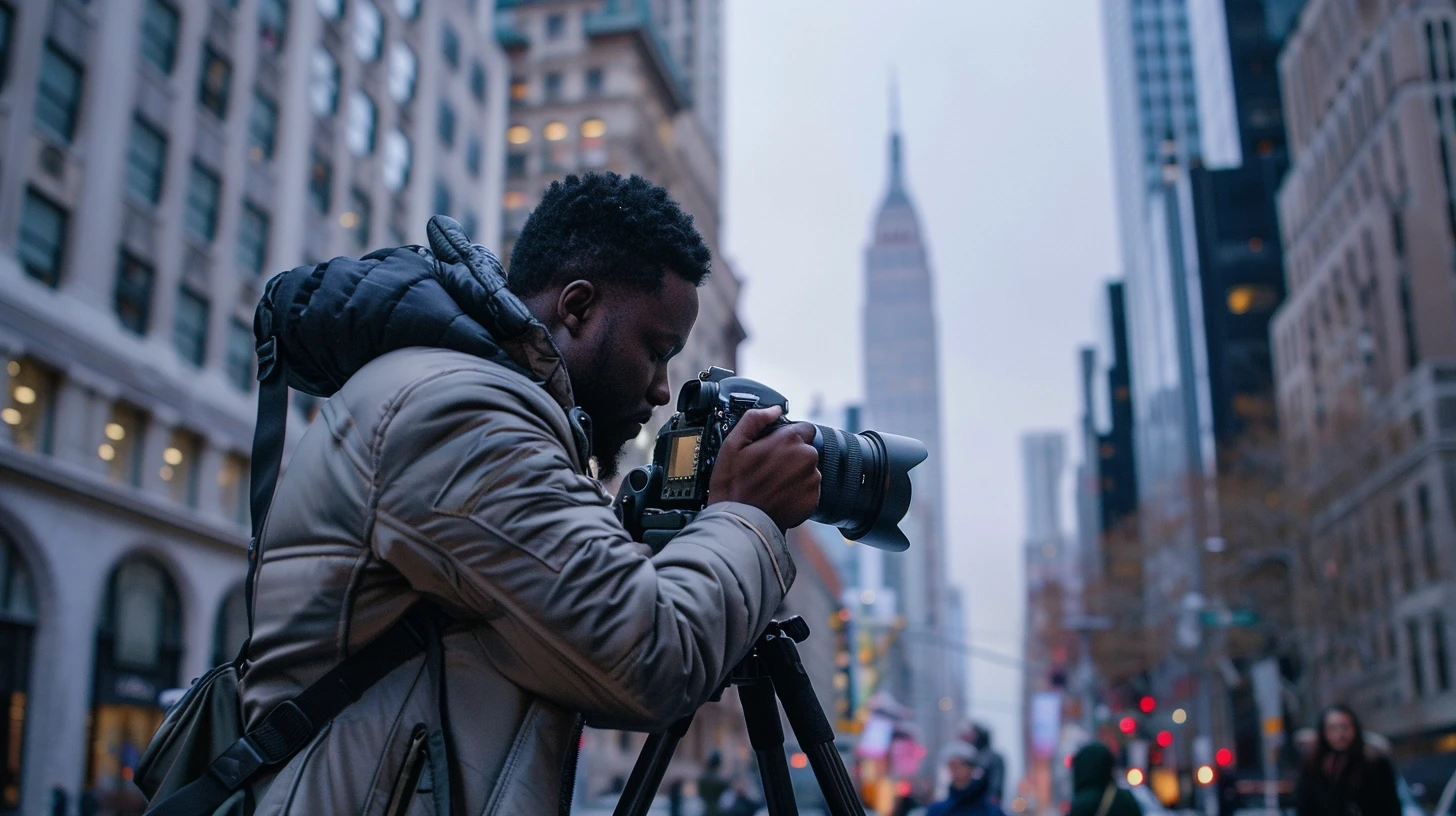
Architectural photography is more than just snapping pictures of buildings; it’s a genre about capturing the essence and beauty of our built environment. Whether it’s the towering skyscrapers of a bustling metropolis or the intricate details of a historic cathedral, architectural photography allows us to appreciate the artistry and craftsmanship behind every structure. What makes it a captivating genre and what makes it so special?
World of Architectural Photography
Architectural photography offers a unique perspective on the world around us. It allows us to see buildings and structures in a new light, highlighting their design, form, and functionality. From the sleek lines of modern architecture to the timeless elegance of historical landmarks, architectural photography celebrates the diversity and creativity of human ingenuity.
Capturing the Essence of Architecture
At its core, architectural photography is about storytelling. It’s about conveying the mood, atmosphere, and character of a space through visual imagery. A skilled architectural photographer can evoke emotions, inspire awe, and transport viewers to different places and times with their photographs.
Mastering the Art and Techniques
To excel in architectural photography, one must master a combination of technical skills and artistic vision. Understanding composition, lighting, and perspective is crucial for creating impactful images. Experimenting with different angles, lenses, and editing techniques can help photographers bring their vision to life.
A Brief History of The Evolution of Architectural Photography
The roots of architectural photography can be traced back to the early days of photography itself. Pioneering photographers like Louis Daguerre and William Henry Fox Talbot captured the first images of buildings and structures in the 19th century, laying the foundation for what would become a thriving genre.
As photography technology evolved, so did the techniques and styles used to depict architecture. Throughout the 20th century, architectural photography gained prominence, with photographers like Ezra Stoller and Julius Shulman emerging as influential figures in the field. Their iconic images showcased the beauty and innovation of modernist architecture, leaving a lasting impact on the genre.
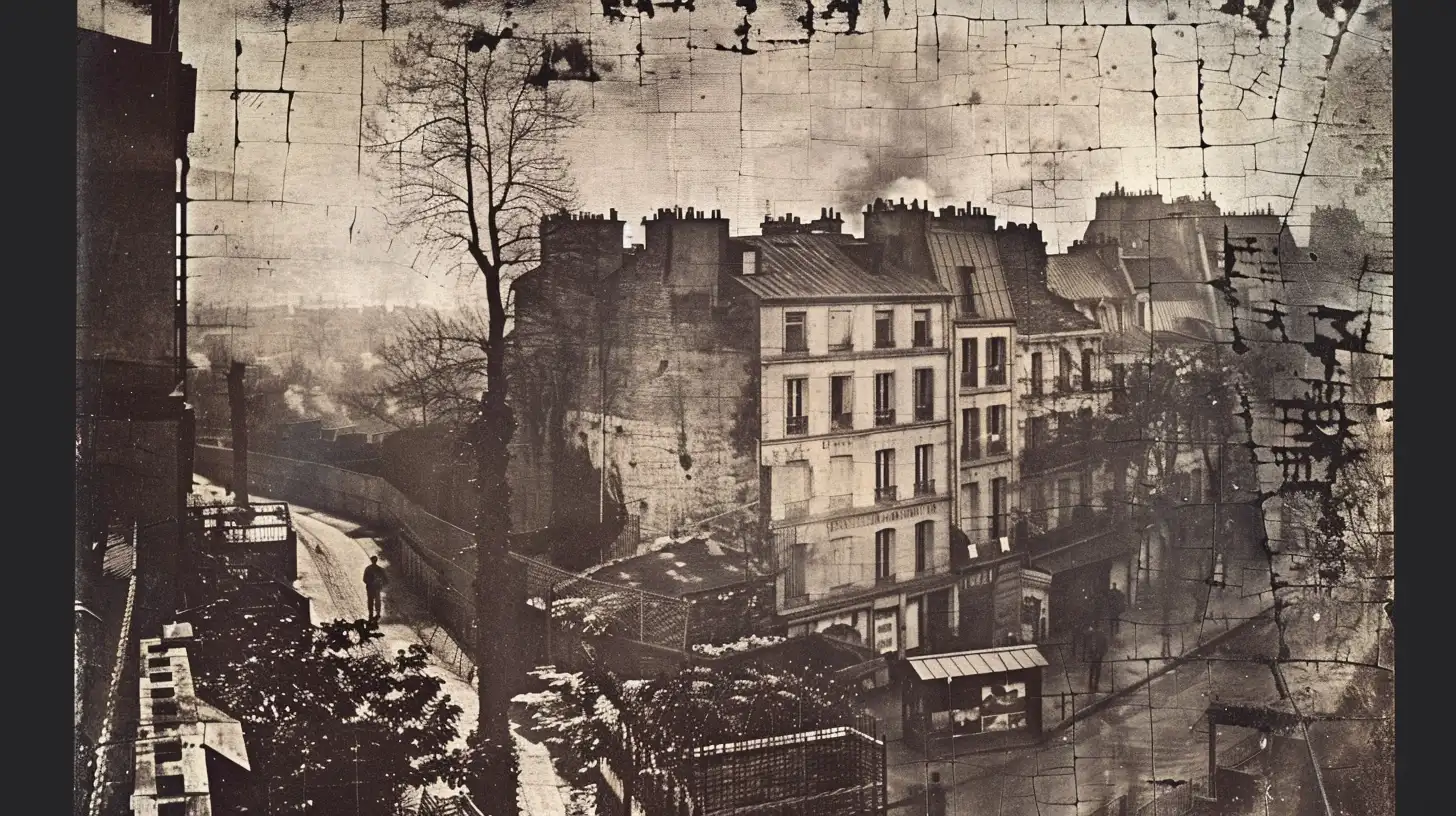
Today, architectural photography continues to evolve, thanks to advancements in digital cameras and editing software. Photographers have access to a wealth of tools and resources to push the boundaries of creativity and capture the built environment in new and exciting ways.
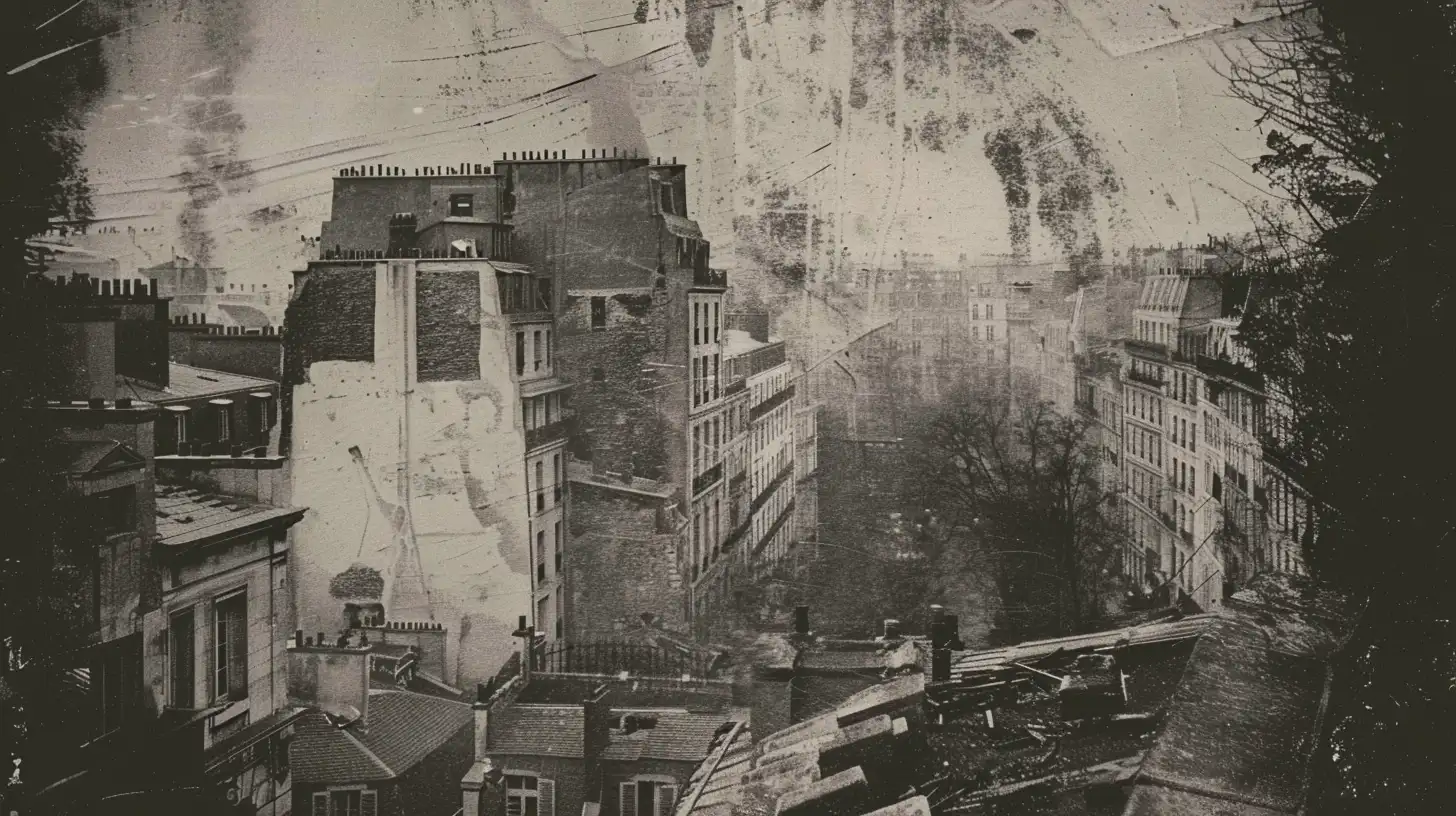
Embracing Diversity in Architectural Photography
One of the most exciting aspects of architectural photography is its diversity. From urban landscapes to rural retreats, architectural photographers have the opportunity to explore a wide range of settings and subjects. Each location presents its own unique challenges and opportunities, allowing photographers to continually push themselves and grow as artists.
Essential Gear and Resources for Architectural Photography
To embark on your architectural photography journey, it’s essential to have the right gear and resources at your disposal. Here are some must-have items to consider:
- Camera: Invest in a high-quality camera with a full-frame or APS-C sensor for optimal image quality and detail. Cameras like the Canon EOS 5D Mark IV, Nikon D850, or Sony A7R IV offer excellent performance for architectural photography.
- Lenses: Wide-angle lenses are essential for capturing the expansive views and intricate details of architecture. Consider lenses like the Canon EF 16-35mm f/2.8L III USM, Nikon AF-S NIKKOR 14-24mm f/2.8G ED, or Sony FE 24-70mm f/2.8 GM for stunning architectural shots.
- Tripod: A sturdy tripod is indispensable for achieving sharp, well-composed images, especially in low-light conditions. Look for lightweight yet durable options like the Manfrotto MT055CXPRO3 Carbon Fiber Tripod or the Gitzo Mountaineer Series 2 Carbon Fiber Tripod.
- Remote Shutter Release: Reduce the risk of camera shake and blurred images by using a remote shutter release to trigger your camera’s shutter. Options like the Canon RS-80N3, Nikon MC-30A, or Sony RMT-P1BT offer convenient wireless or wired triggering.
- Post-Processing Software: Enhance your images in post-production using software like Adobe Lightroom or Photoshop. These tools allow you to fine-tune exposure, correct distortion, and enhance colors to achieve the desired look for your architectural photographs.
- Photography Books: Expand your knowledge and inspiration with books like “Shooting Space: Architecture in Contemporary Photography” by Elias Redstone, “Balthazar Korab: Architect of Photography” by John Comazzi, and “Composing Architecture and Interior Design” by Simos Vamvakidis.
- Online Communities and Workshops: Join online forums, groups, and workshops dedicated to architectural photography to connect with fellow enthusiasts, learn new techniques, and gain valuable feedback on your work.
Final Word
Architectural photography is a captivating and dynamic genre that offers endless opportunities for creativity and exploration. By understanding the fundamentals, mastering essential techniques, and investing in the right gear, you can capture stunning images that showcase the beauty, design, and character of our built environment.
So, whether you’re a seasoned professional or an aspiring enthusiast, grab your camera, venture out into the world of architecture, and discover the endless possibilities that await. And remember, if you’re ready to take your architectural photography to the next level, don’t hesitate to reach out to Designs Boss to get started on your architectural planning journey today!
Latest

What Makes a Good Architectural University
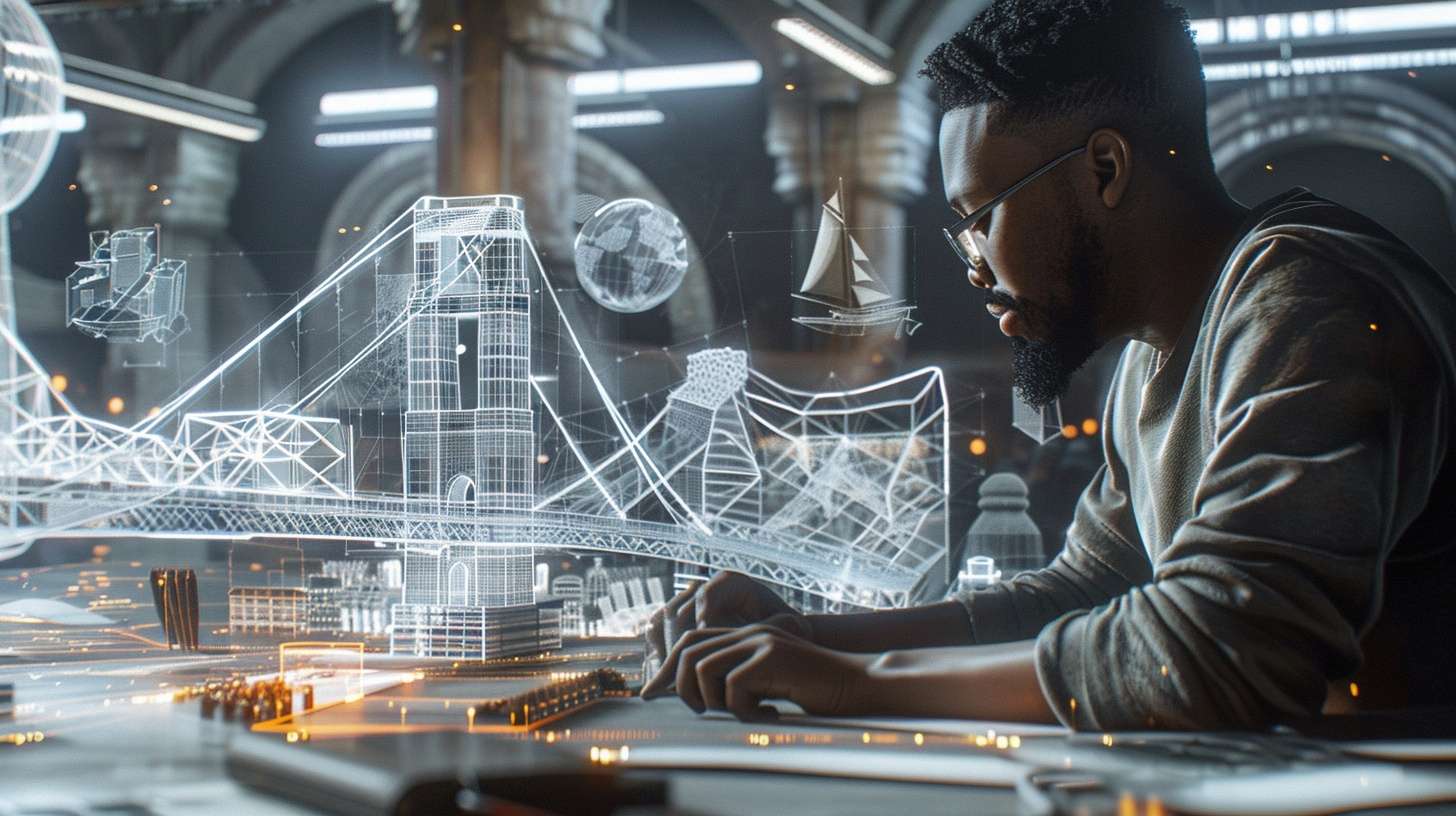
What Are The Most Beautiful Bridges Ever Designed
